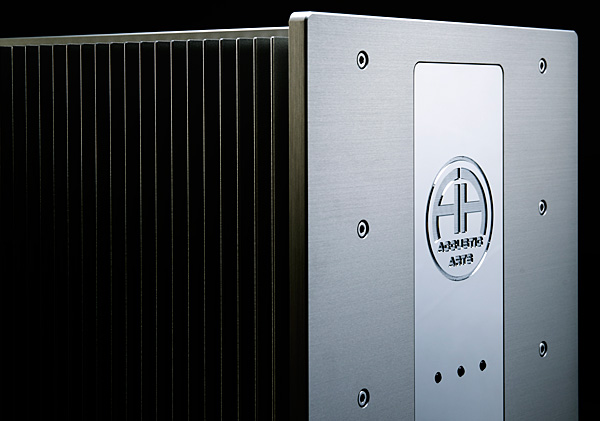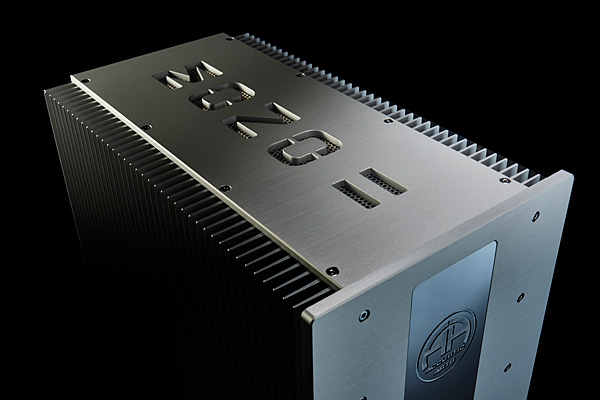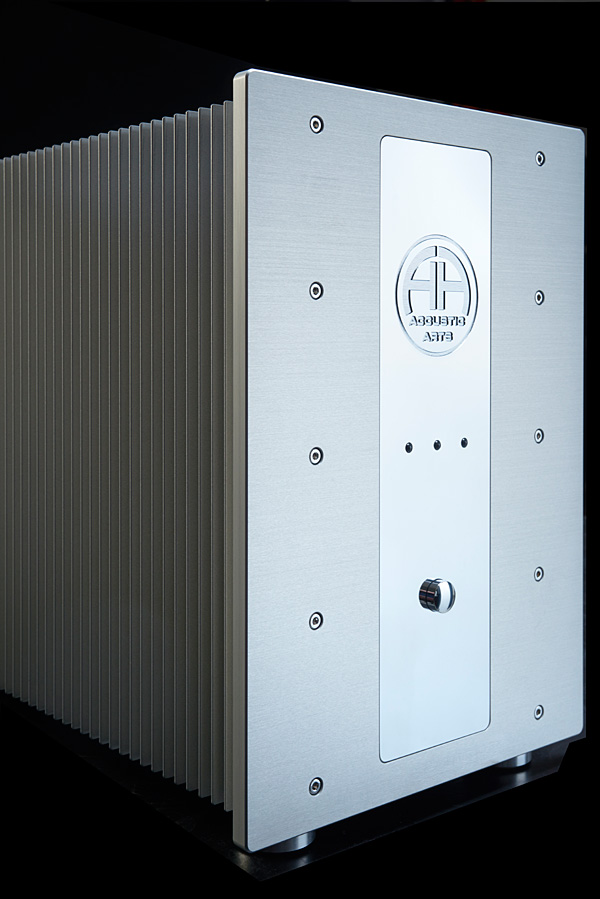| Columns Retired Columns & Blogs |
I would like to see Stereophile subjectively and objectively review and test a ~$3k Rotel RB-1590 stereo amplifier, claimed to be two separate monoblocks in one enclosure. Rotel rates it at 350W/channel into 8_Ohms, 4_Ohm min load, 120_dB s/n A-weighted (presumably referenced to full power), 0.03%_THD over the range of 20_Hz to 20_kHz, frequency response 10_Hz to 100_kHz ±0.5dB.
It would have been interesting to know how that $3k Rotel subjectively and objectively compares to this $25k/pair Accustic Arts Audio Mono II monoblock power amplifier, after being rebuilt with proper power supply transformer (these big mistakes are not confidence building). More than 8x the price should buy some nontrivial improvement, else the opportunity costs need further consideration.









































